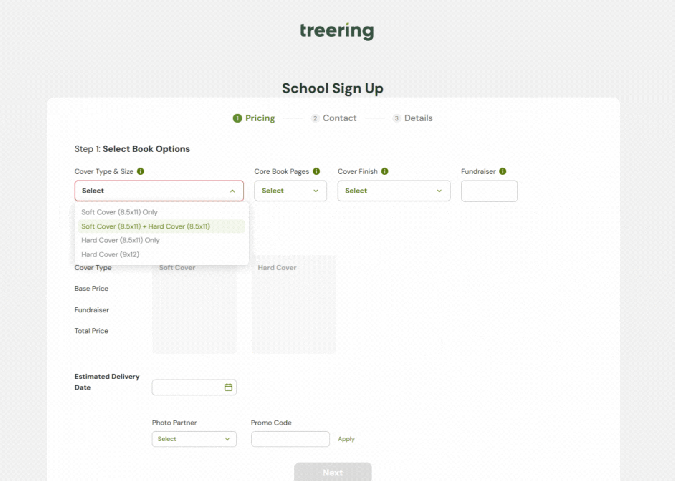
Erikalinpayne
June 3, 2025
2
Min Read Time

School finances are tough. Compound that with murky yearbook invoices, and you’re left repeating, “I don’t know,” when meeting with the school finance clerk. Between boxes of “extra” yearbooks that will sit in a storage closet instead of a student’s shelf and a final invoice amount that differs from the initial bid, it’s a pain.
Many yearbook creators tolerate vague yearbook pricing because the thought of going publisher shopping is a worse evil. It’s not until we hit our breaking point with one of these:
Yes, it’s a memory book, and it gives all the feels. One of those feels shouldn’t be a burden.
Shipping, art fees, camp costs, and proof charges may appear as line items on a final invoice. They don’t always appear on yearbook pricing proposals. That’s why you must be proactive when soliciting different yearbook publishers for a bid.
Pro tip: include your current publisher in the bidding process.
It will take about a month or two to complete the bidding process. Beginning is simple: define your needs and non-negotiables to share with each publisher:
Allow two to three weeks to evaluate the bids, ask clarifying questions, and get everything in writing. Align this with your school’s budget process for best results.
The scope of your bidding process differs if you are shopping for a single school vs. a district. (More on district bids below.)
Schools should consider specs, staff needs, and budget when soliciting bids. Your bid should include
Add it all up and divide by your contracted minimum for the per-book price. Oftentimes, these costs of doing business increase your core book price by $2-12 each. And if yearbook math wasn’t your college minor, there is another way.
When yearbook creators receive a bid from Treering Yearbooks, it includes a per-book price with no minimum order. The core book price is based on cover finish and page count. It includes:

That’s it.
It’s safe to say most yearbook companies will look fab on paper (or spreadsheet). Resist the temptation to choose on price alone. By personalizing the process, you position your yearbook team as the leader. Your publisher should work for your program.
1. Talk to other users. Each company should provide you with three users from a similar situation. Consider size, quantity of yearbooks ordered, and staff structure. Not only will you hear individual experiences, but the synergy of the reference will show whether or not the publisher understands your situation.
2. Do a trial of the software. Spend an hour playing with any proprietary software tools. Are you able to create a sample page? Do you know how to find self-service help?
3. Define your publisher support team: who helps with technical questions, how you find design inspiration, and who is training your team. If you have an individual servicing your account, define the role your rep will play and how you expect the rep to support your yearbook creation process, including expected response time.
Finding the right fit for your campus will take time. Trust us: it will be worth it when you have your Cinderella moment.
Those who represent a larger group have purchasing and negotiating power. Learn the requirements in your district or state before you solicit bids. You may not even need to bid because your school may have more flexibility than you thought. Or, if there is a purchasing cooperative in your region, your school may be able to piggyback on a neighboring contract.
If you are managing a bid for multiple schools, create an itemized list for each site's individual needs. For example, a high school may want a hardcover 9x12 book, and an elementary school may want to offer hardcover and softcover 8x10s.
Treering works with each district’s process, whether it’s co-ops, POs, invoicing, or vendor approvals. Each RFP is customized to the needs of the schools within the district. (We’ll leave the templates for easy yearbooking design.)